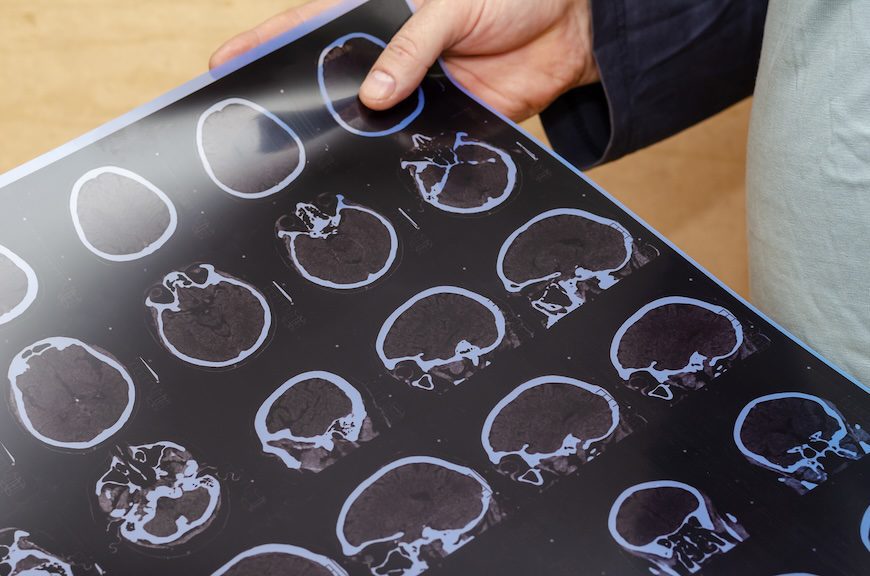While dementia rates appear to be falling, researchers remain committed to isolating factors that play a part in how and why we develop dementia. A new study – appearing in the Journal of the American Medical Association (JAMA) Ophthalmology – reveals a meaningful link between impaired vision and dementia in older Americans.
The study, the latest to come out of the National Health and Aging Trends Study (NHATS), targets visual impairments as a modifiable risk factor in preventing dementia.
Methodology
The researchers conducted a cross-sectional analysis of 2012 data that included “2,767 community-dwelling Medicare beneficiaries” who were 71 and older. The study assessed several objectively measured vision problems, including distance and near visual acuity and contrast sensitivity.
The NHATS is a longitudinal study that provides nationally representative data on older Americans. This latest analysis worked with numbers from the 11th round of NHATS, where researchers introduced objective assessments of vision. And to do that participants submitted to standardized cognitive tests, along with vision assessments through a tablet-based platform. The analysts measured dementia with an algorithm that included cognitive battery scores and self-reported physician diagnoses.
Results
The researchers found that 32.2 percent of the study participants showed some form of vision impairment, leading to a population-attributable fraction (PAF) of 19 percent for prevalent dementia. This suggests, the researchers concluded, that nearly one in five dementia cases could be avoided – potentially – if the participants had their vision problems treated.
The researchers found that contrast sensitivity was the strongest contributor to dementia prevalence, accounting for 15 percent of cases. Near visual acuity came in second at 9.7 percent and distance visual acuity ranked third at 4.9 percent.
The researchers also observed that the PAF ranked highest among:
- 71-to-79-year-old participants – 24.3 percent.
- Women – 26.8 percent.
- And non-Hispanic White individuals – 22.3 percent.
What it All Means
The study results illustrate the growing need to better identify and treat vision problems as a way of mitigating dementia risk in older Americans. What makes that particularly important is that more than 90 percent of vision impairments can be prevented or corrected. So rolling out strategies to help older adults take care of their visual health could play a crucial role in stemming the tide of new dementia cases.
While this new research offers valuable insights, it still doesn’t articulate a direct causal relationship between impaired vision and dementia. As a result, the authors insist additional research could shed light on this phenomenon by investigating more diverse populations.
Further Reading
Your Chances of a Dementia Diagnosis Depend on Where You Live
Lack of Purpose in Old Age Could Hasten Dementia
Lancet Commission Identifies 2 New Modifiable Dementia Risk Factors



